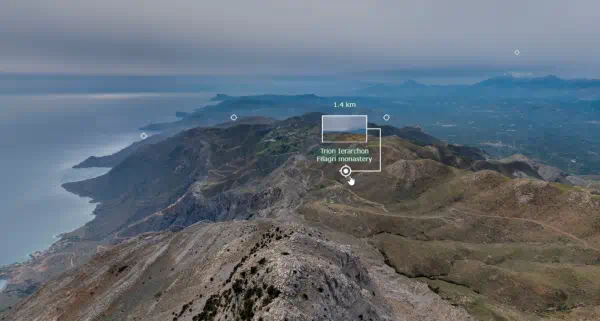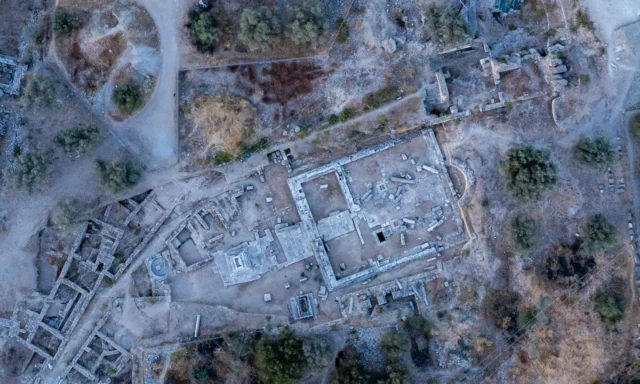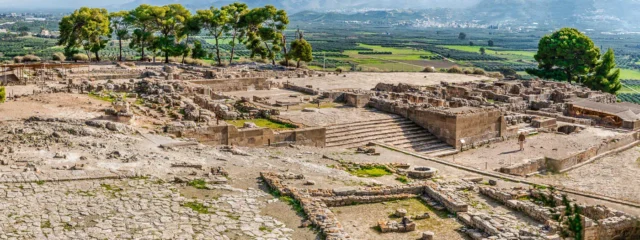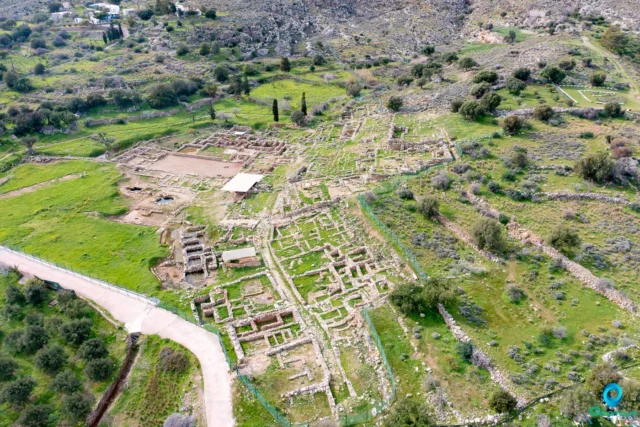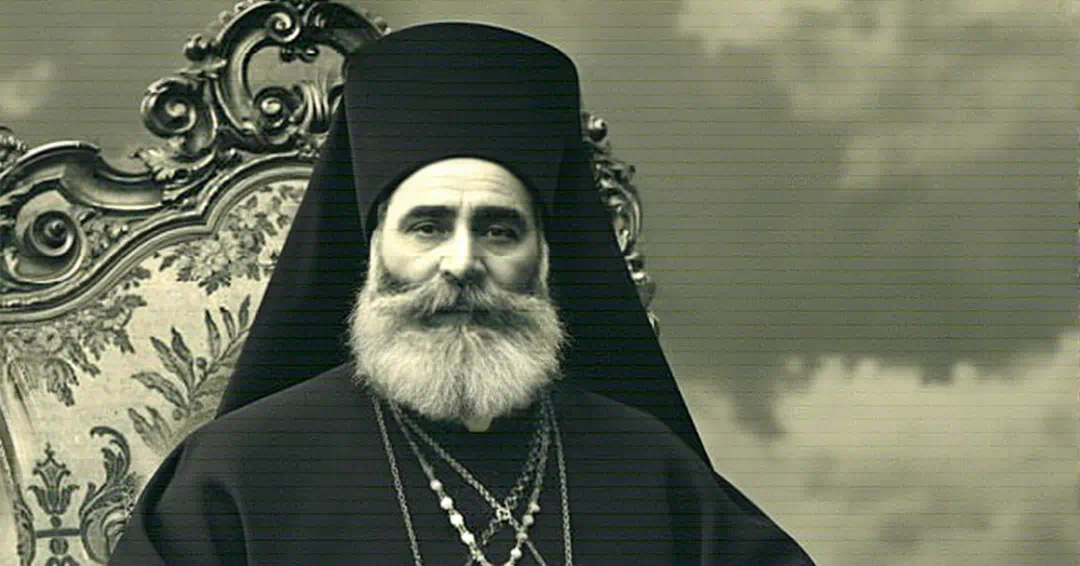Meletius Metaxakis
Biography of Meletius Metaxakis
Meletius Metaxakis, born Emmanuel Metaxakis, was an Eastern Orthodox church leader who held several high-ranking positions during the early 20th century.
Early Life and Education
Emmanuel Metaxakis was born on 21 September 1871 in the village of Parsas, Crete, which was then part of the Ottoman Empire. His parents were Nikolaos Metaxakis, a farmer and stockbreeder, and Maria Provataki. The family was poor. From the age of six, Metaxakis expressed a strong desire to learn to read and write, though his father initially wanted him to become a shepherd.
He attended primary school in the nearby village of Christos and later the gymnasium, known as a Scholarchio, in Ierapetra. At the age of 18, an incident involving stolen artichokes led to a severe beating from his father. This event prompted him to leave his village with his friend, Giorgis Angelakis. They traveled to Heraklion, where Metaxakis found clerical work. He subsequently decided to travel to Jerusalem to find his uncle, a priest named Stefanos. The journey to Jerusalem took six months, as he traveled on foot through Asia Minor and Lebanon.
Ecclesiastical Career
In Jerusalem, Metaxakis’s potential was recognized by Patriarch Damianos, who sponsored his ecclesiastical studies. In 1892, he was ordained a deacon and took the name Meletius. He graduated from the Theological School of the Cross with degrees in Philosophy and Theology.
Metropolitan of Kition
In 1910, Meletius was elected Metropolitan of Kition in Cyprus. During his time there, he organized the Statutory Charter of the Church of Cyprus and founded several educational institutions, including the Pancyprian Seminary. In the autumn of 1912, after an absence of 22 years, he visited his home village of Parsas.
Archbishop of Athens
A known supporter of Greek Prime Minister Eleftherios Venizelos, Meletius was elected Archbishop of Athens in March 1918, following the abdication of King Constantine I. His tenure was brief. When the king was restored to the throne in November 1920, Meletius was ousted and faced hostility from royalists. Following his deposition, he traveled to the United States.
Archbishop of America
During his time in the United States, Meletius formally organized the Greek Orthodox Archdiocese of North and South America in 1921, a process he had initiated during a previous visit in 1918. He established the Saint Athanasius seminary to train new clergy.
Ecumenical Patriarch of Constantinople
While in the United States, Meletius was elected Ecumenical Patriarch of Constantinople on 22 November 1921. His tenure coincided with the final stages of the Greco-Turkish War. In early 1922, he undertook a diplomatic trip to London and Paris to advocate for the protection of Christian populations in Asia Minor, meeting with political leaders such as Lloyd George, Raymond Poincaré, and Georges Clemenceau, but his efforts were not successful.
Following the defeat of the Greek army and the subsequent persecution of Greeks in Turkey, Meletius was forced to flee the Patriarchate. He went first to Mount Athos and then to Athens. He officially resigned from the patriarchal throne in 1923. During his time as patriarch, he signed the decision to adopt the Revised Julian calendar.
Patriarch of Alexandria
In 1926, Meletius was elected Pope and Patriarch of Alexandria, a position he held for nine years. This period was described as peaceful and productive. He worked to increase the property assets of the Patriarchate, organized missions into Africa, and supported the large Greek community in Alexandria. He also funded the construction of a school in his home village, which was renamed Metaxochori in his honor in 1954.
Death
In his later years, Meletius’s health deteriorated due to diabetes. He died on 28 July 1935 in Alexandria, Egypt. His funeral took place on 2 August 1935, and he was buried at the Saint George Cemetery in Cairo. His tomb was later desecrated by robbers, and his remains are now housed in an ossuary at the cemetery.

